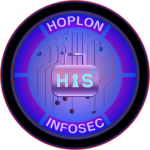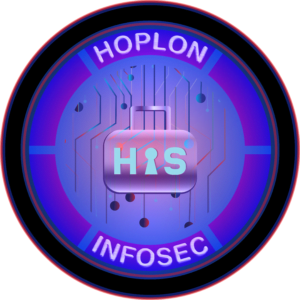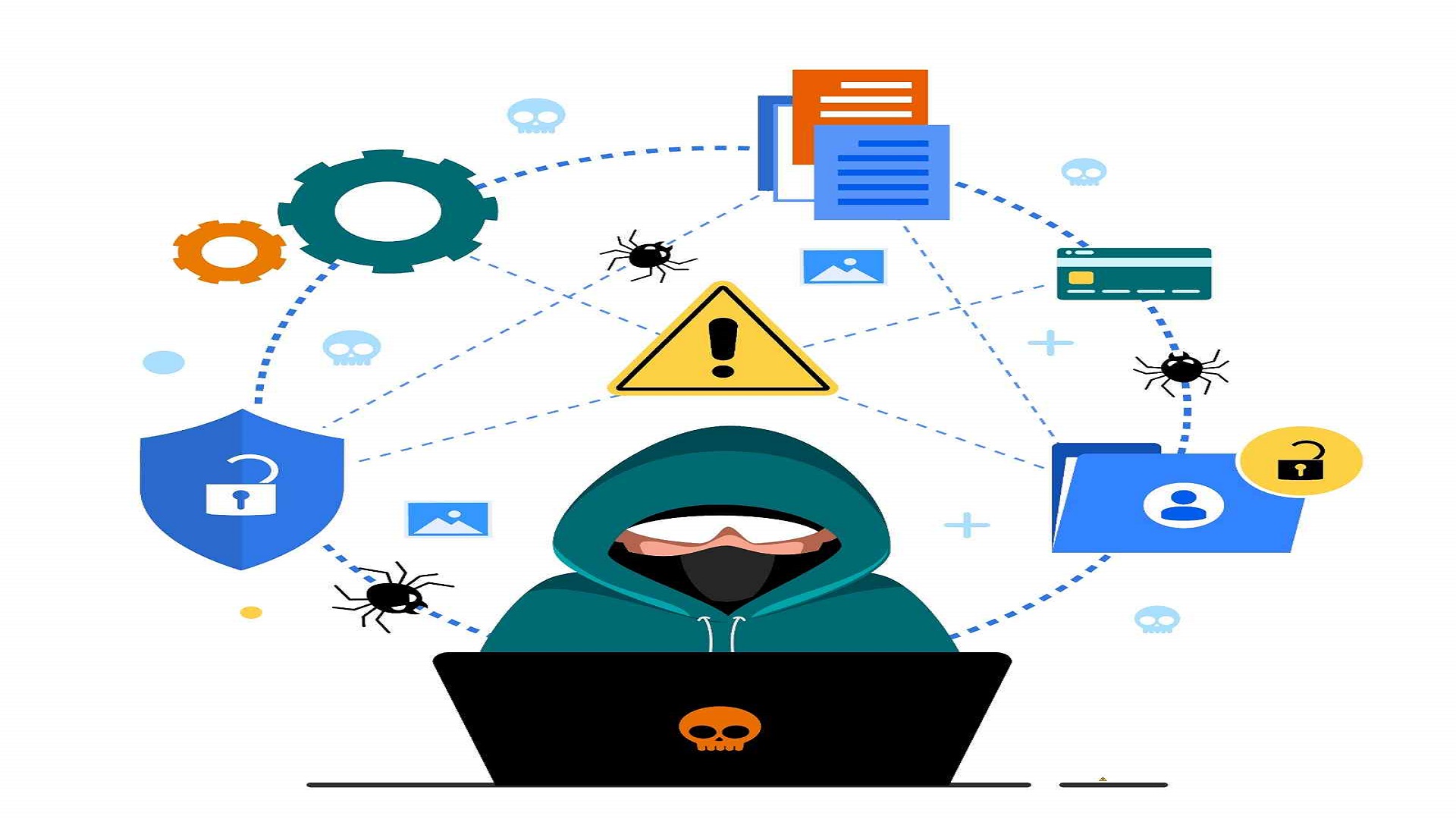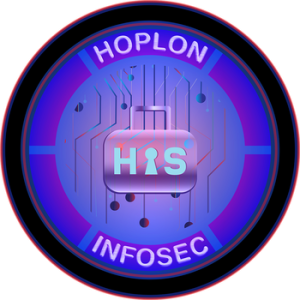Cybersecurity in the modern world should not be based on old and isolated solutions. Attackers are smarter, more persistent, and increasingly using advanced techniques that bypass traditional defenses. It only takes one breach to begin on one laptop and move silently through your cloud, network, and servers before anything is noticed.
Most organizations rely on Endpoint Detection and Response (EDR) services in detecting and responding to such threats. Even though EDR can be an effective first line of defense, it is not designed to think beyond the endpoint. In that, Extended Detection and Response (XDR) comes in.
However, the question is what strategy is best suited to your business? Do you want to continue with EDR, or go all the way up to XDR?
In this guide, you’ll learn what sets EDR and XDR apart, which use cases they’re best suited for, and how to choose the right solution based on your infrastructure, team size, and threat exposure.
What Is EDR (Endpoint Detection and Response)?
Endpoint Detection and Response (EDR) is a security platform that aspires to target endpoint devices, such as laptops, desktops, servers, and mobile devices, and a specific group of security-centered events and responses. It is primarily tasked with detecting any suspicious actions that occur on the device level and swiftly addresses them to limit and eradicate the threats.
EDR also assumes that attacks will breach somewhere. It monitors abnormal behavior, processing anomalies, or predefined attack patterns, and gives the analysts the tools to analyze the threats before they spread.
Core Capabilities of EDR:
- Real-time monitoring of endpoint activity
- Threat detection using behavioral analysis and signature matching
- Automated alerts and basic response actions (like isolating an endpoint)
- Collection of forensic data for manual investigation
Strengths:
- Cost-effective for small and mid-sized enterprises
- Quick to deploy on individual devices
- Helps security teams investigate incidents faster
Limitations:
- Visibility is limited to the endpoint itself
- No correlation across network, cloud, or identity layers
- A high volume of alerts can overwhelm lean teams
- Lacks proactive threat hunting unless manually configured
When is EDR a good fit?
- Your infrastructure is primarily on-premises or endpoint-centric
- You are working with a small or even a midsize team with a small budget
- You’re looking to upgrade from antivirus but are not ready for enterprise-wide telemetry
EDR can be an excellent introduction to contemporary detection techniques, but organizations with cloud, SaaS, as well as hybrid environments, or those that require quicker coordination of the response, may need more. That is where we discuss XDR.
What Is XDR (Extended Detection and Response)?
XDR is an integrated security product that aggregates and correlates threat data at several points within your IT infrastructure, such as the endpoints, networks, cloud services, email, and identity systems. Rather than relying on the endpoint, it extends that view to a unified picture of threats so that the detection can be quick and the response coordinated.
XDR breaks down the silos between security tools. It brings telemetry from various sources into a central platform where threat intelligence, machine learning, and automation work together to spot sophisticated attacks and stop them in their tracks.
Core Capabilities of XDR:
- Cross-platform data collection and correlation
- Advanced analytics for real-time threat detection
- Automated response across systems (not just endpoints)
- Integration with EDR, SIEM, NDR, IAM, and more
Strengths:
- Broader visibility across attack surfaces
- Reduces false positives by combining context from multiple sources
- Enables proactive threat hunting and response workflows
- Scales well for hybrid and cloud-native environments
Limitations:
- Requires more setup and integration than EDR alone
- Typically higher cost and complexity
- Needs skilled analysts to configure and manage effectively
When is XDR a good fit?
- Your business has hybrid, remote, or multi-cloud operations
- You face complex threats that move across endpoints and networks
- You want faster mean time to detect (MTTD) and respond (MTTR)
- You already have multiple security tools that need to work together
While EDR protects what’s in front of you, XDR reveals what’s hidden in the layers—making it essential for businesses with a growing attack surface and limited time to react.
XDR vs EDR: Key Differences at a Glance
To make a valid decision of choosing between EDR and XDR, it is good to compare them through functionality demonstrated in practice. The table below outlines the most critical differences.
| Feature | EDR | XDR |
|---|---|---|
| Scope of Coverage | Endpoints only | Endpoints + network, cloud, email, identity |
| Data Sources | System logs, file events, local activity | Unified telemetry from multiple systems |
| Detection Techniques | Signature-based, behavioral | Advanced correlation, machine learning, threat intelligence |
| Automation | Basic isolation and alerting | Automated response across platforms |
| Threat Hunting | Manual or limited | Proactive and built-in |
| Response Actions | Localized (device-level) | Coordinated (multi-system) |
| Integration | Endpoint protection tools | Full-stack tools: SIEM, IAM, CASB, NDR |
| Alert Volume | High (can overwhelm) | Lower (contextualized) |
| Cost | Lower upfront cost | Higher investment, broader value |
| Ideal for | Small to midsize businesses | Enterprises or complex IT environments |
The above-presented side-by-side analysis reveals that XDR is more holistic, more intelligent, and more comprehensive than SIEM, making it a far superior tool when it comes to detecting threats and responding to them.
When EDR Makes Sense (And When It Doesn’t)
EDR can also be an excellent initial solution in companies that aim to improve their cybersecurity posture. It gives its protection with a laser focus and helps provide real-time insight into endpoint activity as well as basic automation things that any small team or resource-gapped environment requires.
When to Choose EDR:
- Your business is small or medium-sized, and it does not so many endpoints
- You must have visibility at endpoints, networks, clouds, and platforms in identity
- You should also have visibility into user devices and easy-to-use malware protection
- Your budget restricts large-scale integration or advanced tools
- You already use antivirus or firewalls and want to close endpoint gaps
EDR is suitable for companies that need simple, endpoint-based protection, especially those that are not yet working in a hybrid or cloud-intensive setting.
When EDR Falls Short:
- You are exposed to multi-system threats (e.g., using phishing through email that results in subsequent lateral movement)
- You need fast detection and response across cloud, identity, and network assets
- Your SOC team is overwhelmed with alerts and needs context
- You’re preparing for compliance audits or frameworks requiring wider telemetry and correlation
Concisely, EDR is effective with security teams that are highly focused and with less complex surroundings. However, when your company is expanding or already on the complex infrastructure level, EDR can provide too narrow a focus to notice the most important things.
When XDR Is the Right Move
XDR is designed for organizations that need a more advanced, flexible, and coordinated approach to threat detection and response. It fills the gaps left by siloed tools and connects the dots between activities across multiple systems.
When to Choose XDR:
- You operate in a hybrid or multi-cloud environment with distributed assets
- You need visibility across endpoints, networks, cloud, and identity platforms
- Your team is tasked with meeting compliance frameworks (e.g., NIST, ISO, HIPAA)
- You are receiving a lot of alerts, and to know what to act on quickly, you require context
- Your current EDR setup is not surfacing complex attacks or insider threats
Why XDR Outperforms in Complex Environments:
- Faster response: With correlated data and automation, response times shrink
- Unified visibility: One console gives a full picture of your security posture
- Improved threat detection: Detects lateral movement, chained attacks, and low-signal anomalies
- Scalability: It has been created to match your infrastructure and needs as they grow
Organizations with mature security programs, growing digital ecosystems, or a high risk profile benefit significantly from deploying XDR.
Real-World Example: Same Attack, Two Different Outcomes
To see the distinction in the way EDR and XDR would approach the threat, let us consider a simple ransomware example.
Scenario: An employee unknowingly clicks on a phishing email that contains a malicious link. The malware is uploaded to their endpoint and starts encrypting their files and trying to perform lateral movement across the network.
In an EDR-only Environment:
- The EDR detects abnormal behavior on the infected laptop.
- It issues an alert and isolates the device.
- The SOC team manually investigates the breach and discovers that a few documents were accessed.
- However, because EDR lacks visibility into email and lateral network traffic, the team does not realize that the malware also targeted a file server through stolen credentials.
Result: Partial containment. Investigation continues with the risk of missing related threats.
In an XDR Environment:
- The phishing email is flagged by the XDR platform before it reaches the inbox.
- The endpoint anomaly is detected, and the device is automatically isolated.
- XDR correlates data across the email gateway, endpoint logs, and identity system.
- It flags the compromised credentials and halts attempted access to other systems.
Result: Rapid, full containment. All pertinent context can be seen at a glance in the SOC, making remediation more efficient and allowing assurance that the threat is completely dealt with..
This case demonstrates how XDR can unite several streams of data to give more limited detection and a quicker, smarter reaction.
Buyer’s Guide: Which Solution Fits Your Business?
Choosing between EDR and XDR isn’t just about features; it’s about your infrastructure, team size, compliance demands, and risk exposure, all of which influence which solution will deliver the best results.
Use the guide below to match the right detection strategy to your environment:
| Business Type | Recommended | Why It Fits |
|---|---|---|
| Small Business (1–100 endpoints) | EDR | Cost-effective, easy to deploy, covers device-level threats |
| Growing Mid-Market (100–500 endpoints) | EDR or Hybrid | EDR handles endpoints well; XDR can be layered in as complexity grows |
| Enterprise (500+ endpoints, cloud, hybrid) | XDR | Broader visibility, threat correlation, full-stack automation |
| Compliance-Focused (finance, healthcare) | XDR | Satisfies multiple regulatory requirements with centralized detection and reporting |
| Resource-Limited Security Team | EDR (initially) | Easier management and faster ROI, upgrade to XDR as needs scale |
| Remote/Distributed Workforce | XDR | Tracks activity across networks, endpoints, SaaS apps, and identity systems |
How HoplonInfoSec Helps With Detection Strategy
With EDR and XDR, deciding can be quite complicated, but you are not supposed to do it by yourself. HoplonInfoSec assists organizations in conducting risk assessments, determining appropriate detection strategies, and achieving a balance between the level of risk and the response to that risk in line with business objectives.
As with all of our deployments, we customise EDR and XDR to fit your requirements, whether it is endpoint protection or end-to-end visibility across the cloud and the network. Our team streamlines the integration process, optimizes the detection rules, and ensures that the security tools work harmoniously.
Find out how our subject matter experts can guide your organization to develop a more effective detection strategy that can scale with your organization. Our XDR solutions guide will explain why HoplonInfoSec can help teams design and deploy EDR and XDR that fit, and then discuss how HoplonInfoSec can assist you in designing and deploying both EDR and XDR that fit.
Final Thoughts
EDR and XDR are both very effective tools, and the most appropriate tool is one that fits your business. EDR would be best suited to targeted endpoint protection, whereas XDR has a more wide-reaching and intelligent defence system.
At HoplonInfoSec, we help businesses make the correct choice and apply the necessary solution.







